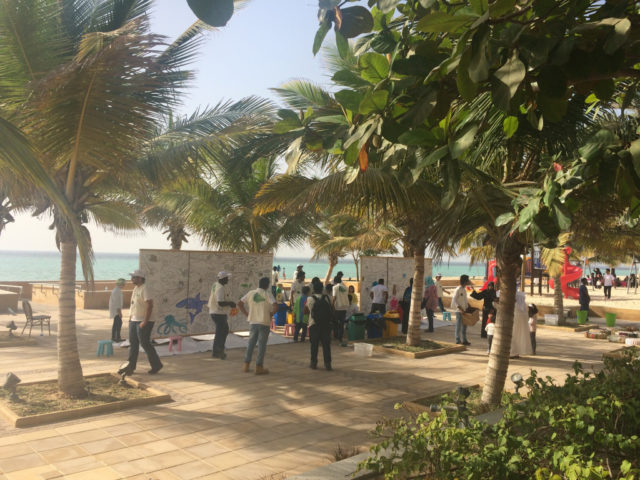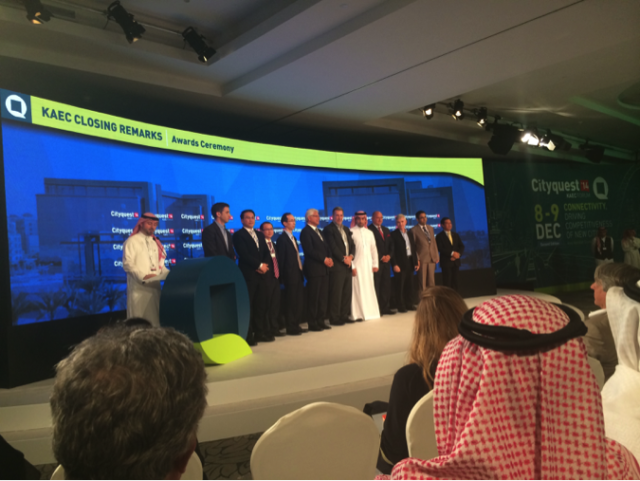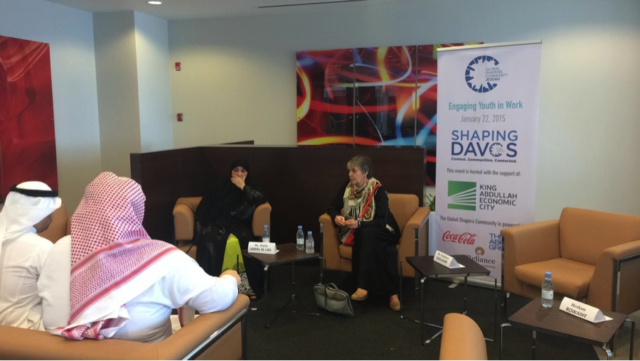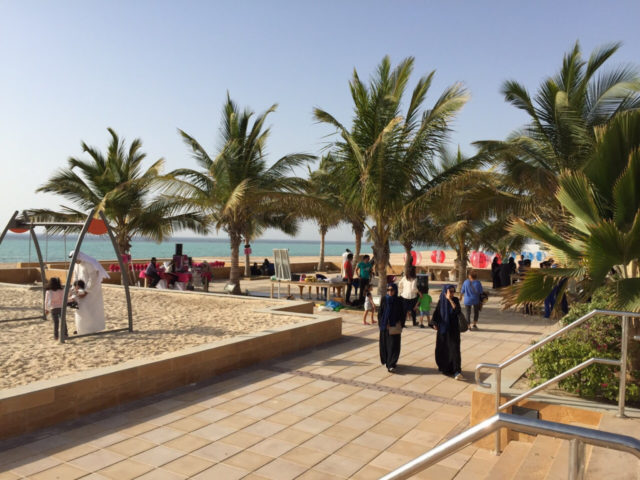Why Soft Infrastructure is Key to Shaping Dynamic New Cities
avril 1, 2015 — Uncategorized
New Cities Need Living Communities
What is a city? Is it an economic entity, a critical mass of people or a spectrum of employment opportunities? A density of towers and ambitious infrastructure does not always translate to an urban condition. A city is defined as much by its built environment as it is by its social fabric – its unique social milieu, multilingualism, hybridity, and cumulative events. Today’s cities are often measured in hashtags, check-ins, transactions and interactions.
While media attention often focuses on the hard infrastructure of new cities – the masterplan, the roster of architects and the resulting skyline – the question of soft infrastructure and methods for fostering a vibrant community remain elusive. The vital question facing new cities now is this: how will they attract inhabitants and keep them engaged?
Some brilliantly planned new cities overlook this essential question. Take Masdar in the UAE and Almere in the Netherlands. For all their design gadgetry and fanfare, they have so far failed to attract a substantial amount of citizens. Even China is struggling to populate its new eco-cities despite the nation’s burgeoning growth.
New cities are faced with a chicken-and-egg conundrum: they need to create a semblance of life in order to attract people, but in turn, in order to create a dynamic environment, cities need people.

New Cities: a Blank Slate
For the past five months, I have been living and working in King Abdullah Economic City (KAEC), a new city mega-project in Saudi Arabia as part of the Impact KAEC Fellowship. Moving here prior to the completion of several new residential developments, I was surprised to find prominent social infrastructure. While KAEC develops new tracts of land, lays roads and utilities, it has also bolstered infrastructure with an international school, health clinic, restaurants and a community calendar. The vital components for a thriving community are there. Beyond this, KAEC has piloted its own unique “soft infrastructure”, fashioning itself as a forum for ideas that provides a feedback loop within the city.
In November, KAEC launched an entrepreneurship program called “the Pitch” where Saudi and British entrepreneurs presented their business plans to an audience of decision makers and investors for enterprises ranging from desalination technologies to human resource programs. Many participants revealed that they saw viability for their businesses in the Saudi climate. For me, the exchange demonstrated that new cities such as KAEC offer a unique opportunity for dexterous startups to solve urban problems in new and exciting ways. Entrepreneurs are risk-taking pioneers, precisely the demographic that is excited by the possibilities of a blank slate and the business opportunities offered by a new city.
Sparking Dialogue Between a New City and the International World

In December, Cityquest – KAEC Forum brought around 150 world-renowned architects, authors, business leaders, and politicians to KAEC to discuss the major priorities for new cities. Hosting the event within a new city intensified the relevance of the conversation. It was impossible not to envision and hypothetically test these innovations and ideas against the fast-developing urban space around us.

A subsequent career fair for KAEC attracted 20,000 registrants within the first hours of the announcement, demonstrating a strong desire from Saudi’s youth demographic to be part of this equation of building a new city. The available positions ranged across the economic spectrum in both the private and public sectors and drew a large number of female applicants. A month later the conversation came full circle when KAEC hosted an expert panel to discuss the topic of Engaging Youth in Work in the Kingdom. The conclusions from this discussion were broadcasted at the Davos WorldEconomic Forum alongside parallel discussions that were hosted in forty different participating cities around the world, including Orlando, United States, Chandigarh, India, and Abuja, Nigeria. I witnessed scholars and experts debate whether policy, industry and education should be shaped to the interests and strengths of the youth, or vice versa. On the cultural front, KAEC has also hosted laureates from the international arts community and recently curated a Salvador Dali exhibition in the city, which was a first in Saudi Arabia. The constant stream of events such as these – which engage locals, whilst also connecting the city with the global community – makes KAEC a stimulating place to live.
Attracting Enterprising New Citizens

A forward thinking city knows that building attractive amenities is not enough to draw inhabitants. Citizens today seek a climate for ideas and exchange. A new community such as KAEC is as much a platform for business, institutions and individuals as it is an opportunity for new ideas, patterns of living and technologies to take shape. The question is, how do cities summon pioneer inhabitants?
One great example can be found in Chile. In order to stimulate entrepreneurship and foster a dynamic community of enterprising residents, the government of Chile launched Start-Up Chile, an incubator that awards $40,000, work space, and guidance to budding entrepreneurs. Participants move to Chile for six months to build their business. In return, they are required to give back to the entrepreneurial ecosystem. Participants provide social capital by hosting workshops, mentoring local residents and teaching courses. This has laid the groundwork for a dynamic startup community.
In a more humanitarian vein, Ashoka organization empowers 3,000 fellows worldwide to contribute to shaping and changing their existing communities. The same could be done in new cities like KAEC. By entrusting social entrepreneurs to confront pressing community issues, new cities could effectively dispatch agents for public innovation.
The above examples demonstrate the vital role of soft infrastructure in the success of a city. By fostering an environment of innovation and collaborative exchange, cities can engage both local and international audiences, and position themselves to attract active community members.
These are the ingredients that can help new cities surmount the tough challenge of attracting citizens to a metropolis that does not fully exist yet. In turn, it is these citizens who can help shape a new city into a sustainable success.